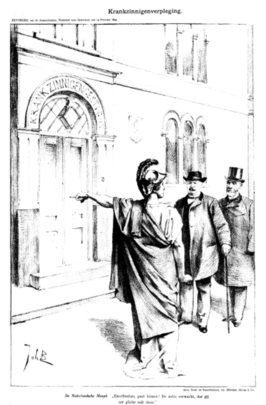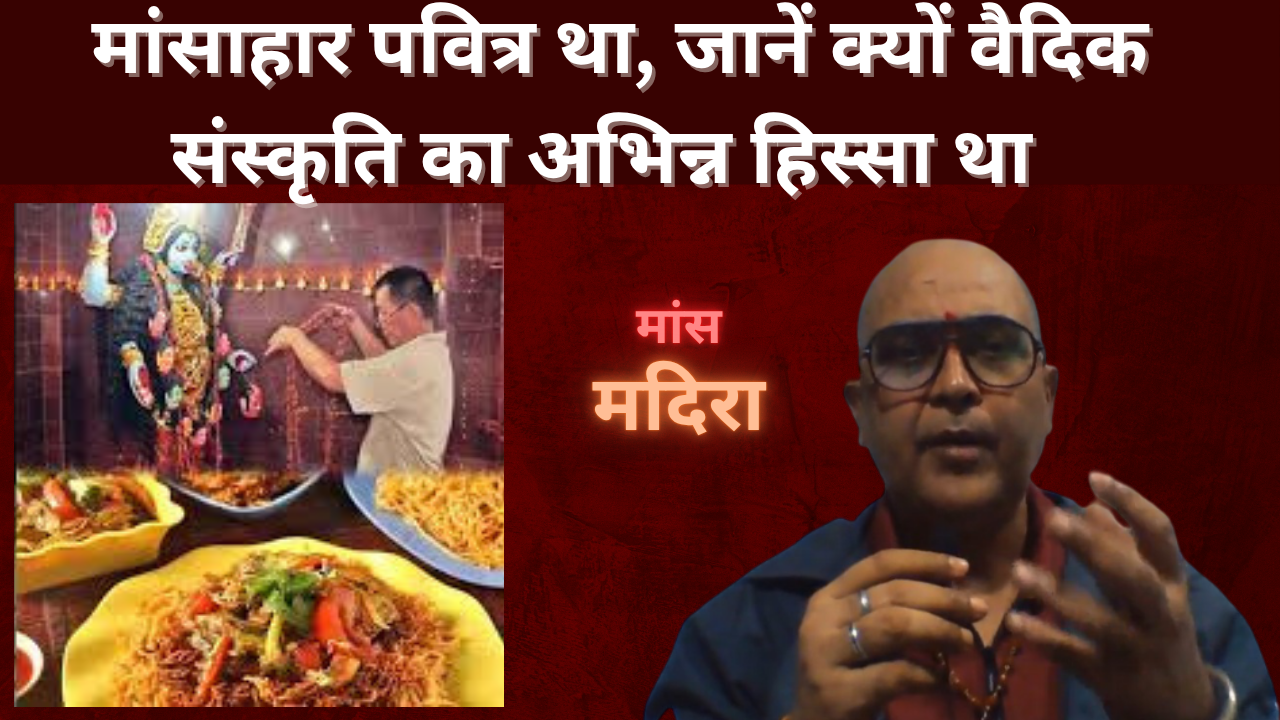
The birth chart of four famous personalities is given here in details. These charts are erected from their correct birth time details and have Rodden Rating. In India to get authentic birth chart of famous celebrities is even rare. There were many famous gangrape cases but the birth chart of victims is not available. It is rare even to get birth chart of people who became mentally ill and insane and were committed to asylum.
1- Henri René Albert Guy de Maupassant–
Henri René Albert Guy de Maupassant (5 August 1850 – 6 July 1893) was a 19th-century French author, celebrated as a master of the short story, as well as a representative of the naturalist school, depicting human lives, destinies and social forces in disillusioned and often pessimistic terms. Maupassant was a protégé of Gustave Flaubert and his stories are characterized by economy of style and efficient, seemingly effortless dénouements. Many are set during the Franco-Prussian War of the 1870s, describing the futility of war and the innocent civilians who, caught up in events beyond their control, are permanently changed by their experiences. He wrote 300 short stories, six novels, three travel books, and one volume of verse. His first published story, “Boule de Suif” (“The Dumpling”, 1880), is often considered his most famous work.
Death-
In his later years he developed a constant desire for solitude, an obsession for self-preservation, and a fear of death and paranoia of persecution caused by the syphilis he had contracted in his youth in around 1978. He lost eye sight because of syphilis. On 2 January 1892, Maupassant tried to commit suicide by cutting his throat; he was committed to the private asylum of Esprit Blanche at Passy, in Paris, on 6 July 1893 he fell into a coma and died in Insanity from syphilis at age 42 . See full bio at wiki
Birth Chart of Guy de Maupassant-‘

2–Gérard de Nerval–
Gérard de Nerval ( 22 May 1808 – 26 January 1855) was the pen name of the French writer, poet, and translator Gérard Labrunie, a major figure of French romanticism, best known for his novellas and poems, especially the collection Les Filles du feu (The Daughters of Fire), which included the novella Sylvie and the poem “El Desdichado”. Through his translations, Nerval played a major role in introducing French readers to the works of German Romantic authors, including Klopstock, Schiller, Bürger and Goethe. His later work merged poetry and journalism in a fictional context and influenced Marcel Proust. His last novella, Aurélia ou le rêve et la vie, influenced André Breton and Surrealism.
Death-
Increasingly poverty-stricken and disoriented, he committed suicide during the night of 26 January 1855, by hanging himself from the bar of a cellar window in the rue de la Vieille-Lanterne, a narrow lane in a squalid section of Paris. He left a brief note to his aunt: “Don’t wait up for me this evening, for the night will be black and white.” The poet Charles Baudelaire observed that Nerval had “delivered his soul in the darkest street that he could find.” The discoverers of his body were puzzled by the fact that his hat was still on his head. See full bio at wiki
Birth chart of Nerval-

3-Johanna Stuten Gempt–
Johanna te Gempt was born in Batenburg in 1829 as the daughter of the reformed preacher Bernard te Gempt and Helena Johanna Blom. She married the state receiver Arnold Anthonie Azweer Stuten on March 24, 1853 in Wijchen. After the death of her husband in April 1889, Gempt fell into a depression. She was admitted twice to the Slijkeinde insane asylum in The Hague. She published her experiences about the degrading treatment that followed in 1892. Her publications caused a lot of publicity and caused quite a stir. Te Gempt was one of the first patients to denounce the dire conditions in the then insane asylums. As a result of her publications, the responsible physician, the director and administrators of the institution were dismissed.

Her publications also led to an investigation by the state inspectorate for insane asylums. As a result of this investigation, incompetent personnel were replaced by qualified employees and the building was completely modernized. Her testimony on the practice of “mental hospitalisation” changed the Dutch laws on insanity. The actions of Stuten-te Gempt, which led to an improvement in the mental health care of the time, were and are seen as a milestone in the history of Dutch psychiatry. See full bio at wiki
Death-
Stuten-te Gempt died in 1898 at the age of 69 at the home of her brother, the preacher Salomon te Gempt, in Ammerstol.
4-John Warnock Hinckley Jr. –
John Warnock Hinckley Jr. (born May 29, 1955) is an American man who attempted to assassinate U.S. President Ronald Reagan in Washington, D.C., on March 30, 1981, two months after Reagan’s first inauguration. Using a .22 caliber revolver, Hinckley wounded Reagan; police officer Thomas Delahanty; Secret Service agent Tim McCarthy; and White House Press Secretary James Brady, who was left permanently disabled and eventually died due to the extent of his injuries. Hinckley was reportedly seeking fame to impress actress Jodie Foster, with whom he had a fixation. He was found not guilty by reason of insanity and remained under institutional psychiatric care for over three decades. Public outcry over the verdict led state legislatures and Congress to narrow their respective insanity defenses.
In 2016, a federal judge ruled that Hinckley could be released from psychiatric care as he was no longer considered a threat to himself or others, albeit with many conditions. After 2020, a ruling was issued that Hinckley may showcase his artwork, writings, and music publicly under his own name, rather than anonymously as he had in the past. Since then, he has maintained a YouTube channel for his music. His restrictions were unconditionally lifted in June 2022, over 40 years after the assassination attempt.
Obsession with Jodie Foster –
Hinckley became obsessed with the 1976 film Taxi Driver, in which disturbed protagonist Travis Bickle (Robert De Niro) plots to assassinate a presidential candidate. Hinckley developed an infatuation with Jodie Foster, who played Iris Steensma, a sexually trafficked 12-year-old child, in the film. When Foster entered Yale University, Hinckley moved to New Haven, Connecticut, for a short time to stalk her. He sent Foster love letters and romantic poems, and repeatedly called and left her messages. Failing to develop any meaningful contact with Foster, Hinckley fantasized about conducting an aircraft hijacking or killing himself in front of her to get her attention. Eventually, he settled on a scheme to impress her by assassinating the president, thinking that by achieving a place in history, he would appeal to her as an equal. Hinckley trailed President Jimmy Carter from state to state, and was arrested in Nashville, Tennessee, on a firearms charge. Penniless, he returned home. Despite psychiatric treatment for depression, his mental health did not improve. He began to target the newly elected president Ronald Reagan in 1981. Before attempt her wrote –
Over the past seven months I’ve left you dozens of poems, letters and love messages in the faint hope that you could develop an interest in me. Although we talked on the phone a couple of times I never had the nerve to simply approach you and introduce myself. … The reason I’m going ahead with this attempt now is because I cannot wait any longer to impress you.
— John Hinckley Jr.
On March 30, 1981, at 2:27 p.m. EST, Hinckley shot a .22 caliberRöhm RG-14 revolver six times at Reagan as he left the Hilton Hotel in Washington, D.C., after the president addressed an AFL–CIO conference. Hinckley wounded police officer Thomas Delahanty and Secret Service agent Timothy McCarthy, and critically wounded press secretary James Brady. Though Hinckley did not hit Reagan directly, the president was seriously wounded when a bullet ricocheted off the side of the presidential limousine and hit him in the chest. Alfred Antenucci, a Cleveland, Ohio labor official who stood near Hinckley and saw him firing, hit Hinckley in the head and pulled him to the ground. He was beaten and then arrested.
Period of insanity, confinement and release –
In trial of assassination Hinckley was found not guilty by reason of insanity on June 21, 1982. Hinckley was confined at St. Elizabeths Hospital in Washington, D.C. After Hinckley was admitted, tests found that he was an “unpredictably dangerous” man who might harm himself or any third party. Till 1992 he was treated and after 2003 gradually court started giving him relief. He was allowed six local day visits under the supervision of his parents and, upon the successful completion and evaluation of those day visits, two local overnight visits also under parental supervision. He spend 10 years in supervised visits to family and other places. On July 27, 2016, a federal judge ruled that Hinckley could be released from St. Elizabeths on August 5, as he was no longer considered a threat to himself or others. Hinckley was released from institutional psychiatric care on September 10, 2016, with many conditions and restriction. See Full bio at wiki
Birth Chart of John Hinckley Jr.-












